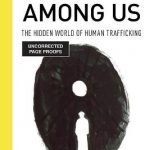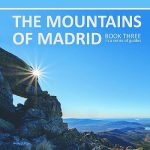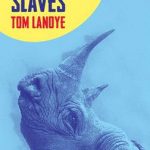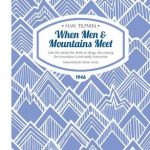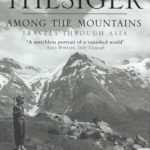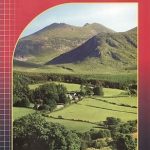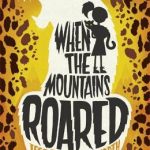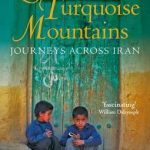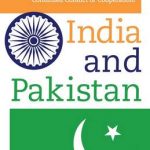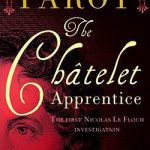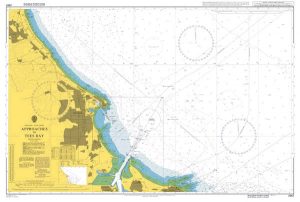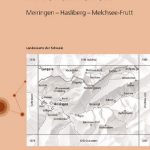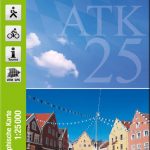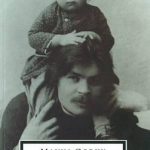Disclosure : This site contains affiliate links to products. We may receive a commission for purchases made through these links.
The Slaves of the Cool Mountains
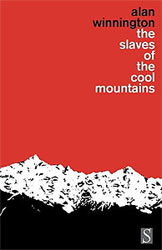
Beijing, 1956: foreign correspondent Alan Winnington heard reports of slaves being freed in the mountains of south-west China. The following year he travelled to Yunnan province and spent several months with the head-hunting Wa and the slave-owning Norsu and Jingpaw. From that journey was born The Slaves of the Cool Mountains, which Neal Ascherson has called `one of the classics of modern English travel writing`.The first European to enter and leave these areas alive, Winnington met a slave-owner who assessed his value at five silver ingots (`Your age is against you, but as a curiosity you would fetch a decent price`), a head-hunter who a fortnight earlier killed a man in order to improve his own rice harvest, and a sorcerer struggling against the modern medicines sapping his authority and livelihood. Meeting recently released slaves was a scoop of which most journalists can only dream ‘” `Nobody will ever again be able to see them as I saw them` ‘” and Winnington`s account of their struggle to come to terms with new-found freedom is unforgettable.









